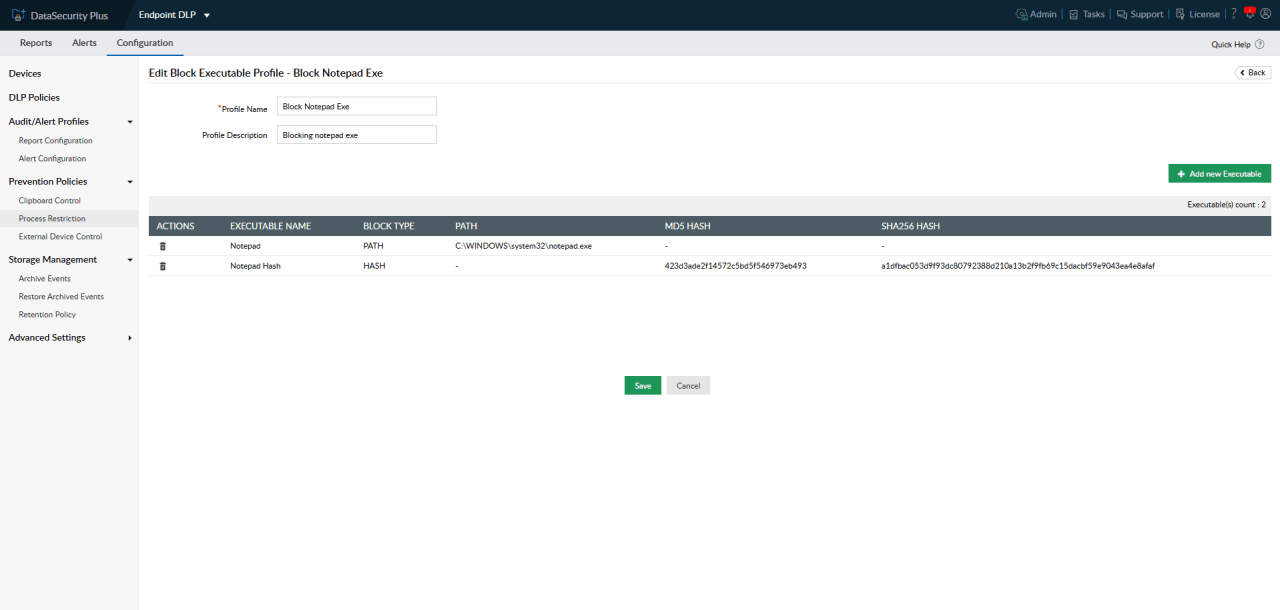Imagine a scenario where sensitive company data, intellectual property, or customer information ends up in the wrong hands, potentially leading to financial losses, reputational damage, and legal repercussions. Chilling, isn’t it? That’s the stark reality businesses face daily, making data leak prevention (DLP) software a critical component of modern cybersecurity strategies.
DLP software acts as a vigilant guardian, monitoring and controlling sensitive data to prevent it from leaving your organization’s network without authorization. This article will delve into the intricacies of DLP software, exploring its key features, deployment considerations, and how it can safeguard your organization’s most valuable assets.
Prepare to understand how DLP can help you protect your data, maintain compliance, and mitigate the risks associated with data breaches in today’s complex digital landscape.
Data Leak Prevention Software: A Comprehensive Guide
In today’s digital age, guarding sensitive information is paramount. Data leak prevention (DLP) software has become a crucial element in cybersecurity, helping organizations safeguard valuable data assets.
This article provides an in-depth look into DLP software. We will explore its purpose, functionalities, and practical applications within various industries.
Think of it like a digital security guard. DLP software is designed to detect and prevent data from leaving your organization’s control. This is more vital than ever before.
It’s about understanding the threats and knowing how to defend against them. Let’s dive into the world of data leak prevention and see how it can benefit your organization.
Understanding Data Leak Prevention
DLP software is a set of technologies and processes. It’s designed to identify and protect sensitive information. This prevents it from being exposed or misused.
It works by monitoring data in use, data in motion, and data at rest. This comprehensive approach ensures all potential leak points are covered.
Data in use refers to when an employee is actively using the information. Think about editing a document containing personal client details.
Data in motion involves data being transferred across networks. An example is sending an email with classified attachments. DLP monitors these transfers.
Finally, data at rest covers data stored on servers, laptops, and other devices. DLP scans these locations for sensitive content.
DLP solutions often utilize techniques such as content analysis, pattern matching, and keyword identification. These techniques help to flag sensitive data.
Why is DLP Important?

The significance of DLP stems from the rising costs and impact of data breaches. A single breach can cause financial losses, reputational damage, and legal ramifications.
Many industries are governed by strict data protection regulations. These include HIPAA (healthcare), GDPR (European Union), and PCI DSS (payment card data).
DLP helps organizations comply with these regulations. Failure to comply can result in substantial fines and penalties.
DLP solutions offer visibility into data handling practices. This allows organizations to detect risky behavior or policy violations. They can educate employees.
By implementing DLP, companies can protect their intellectual property, trade secrets, and customer information. This safeguards their competitive advantage.
Imagine the impact of a competitor gaining access to your product blueprints. DLP prevents such disasters by monitoring and controlling access.
Key Features of DLP Software
Effective DLP software typically includes several key features. These combine to offer comprehensive data protection.
Content Awareness: This feature analyzes data content to identify sensitive information based on predefined rules and policies.
Data Discovery: DLP solutions can scan networks and storage locations. This identifies where sensitive data resides and how it is being used.
Incident Response: Upon detecting a data leak attempt, DLP software triggers alerts and actions. Examples include blocking the transfer or notifying administrators.
Reporting and Analytics: DLP platforms provide detailed reports on data protection activities. This aids in monitoring compliance and improving security measures.
Endpoint Protection: This protects data on end-user devices like laptops and desktops. It prevents accidental or malicious data leaks.
Cloud DLP: With the increasing use of cloud services, this component extends DLP capabilities to cloud environments. It protects data stored or processed in the cloud.
Implementing DLP Effectively
Implementing DLP effectively requires careful planning and execution. Rushing the process can lead to inefficiencies and gaps in coverage.
Begin by identifying and classifying your sensitive data. Determine what types of data are most critical. Where is it stored and how is it used?
Develop clear data protection policies and procedures. These policies should define what is considered sensitive data and how it should be handled.
Educate employees about data protection policies and the importance of DLP. Train them on how to identify and avoid data leak risks.
Choose a DLP solution that meets your organization’s specific needs. Consider factors such as budget, integration with existing systems, and ease of use.
Start with a pilot program to test the DLP solution. This allows you to refine policies and procedures before a full-scale deployment.
Continuously monitor and refine your DLP implementation. Data protection needs evolve, so your DLP strategy must adapt accordingly.